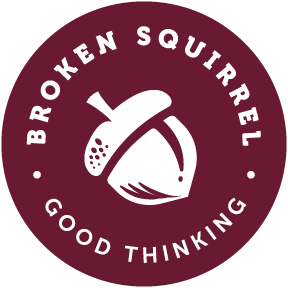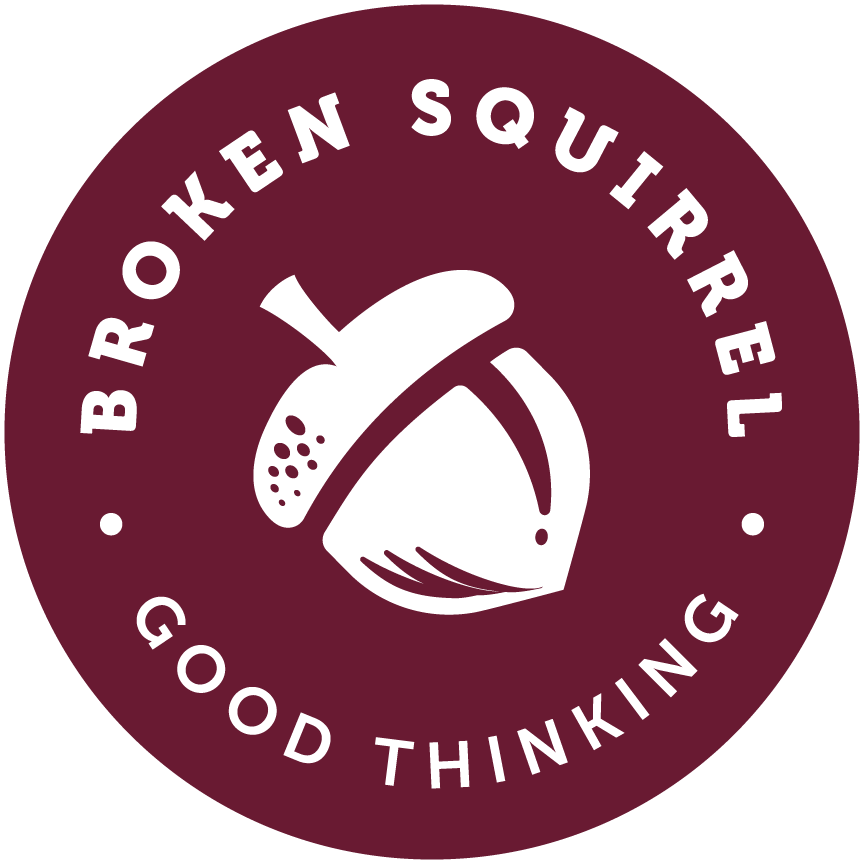
PoNs™ Portable Neuromodulation Stimulator
PoNS stands for Portable Neuromodulation Stimulator device. This device uses electrical stimulation to the tongue which travels through large nerve branches to the brainstem. This surge of electrical activity in the region can activate (or reactivate) pathways within the brain and promote neuroplasticity (your brain’s ability to learn and rewire itself), particularly in the area of the brain that controls gait and balance, so it’s helpful in improving the ability to walk and move safely and prevent falls.

Get Your Brain in Gear: Understanding Neuroplasticity
If you're a therapist or health practitioner, you may have heard the term "neuroplasticity" thrown around. While it may sound like a mouthful, neuroplasticity is an incredibly intriguing topic that is worth exploring. For trauma brain injury survivors, understanding neuroplasticity can be life-changing. So, what is neuroplasticity? In this blog post, we're going to dive into this topic and give you an overview of what it means and how it can benefit you and your clients.
Neuroplasticity is the brain's ability to change its structure and function in response to experiences. This process happens throughout our lives, not just during childhood. Scientists used to believe that once the brain formed, it was fixed and couldn't change. However, we now know that the brain is essentially "plastic" and can reorganize itself in response to different situations and stimuli.

Shiftwave Nervous System Training
Shiftwave is a nervous system training technology that helps identify imbalances in the nervous system. It does this by using advanced non-invasive algorithms to measure brainwaves, heart rate variability, and skin conductance levels. This data is then analyzed to pinpoint areas of dysfunction within the body. From there, an individualized program is created that focuses on restoring balance and reducing pain throughout the body.

